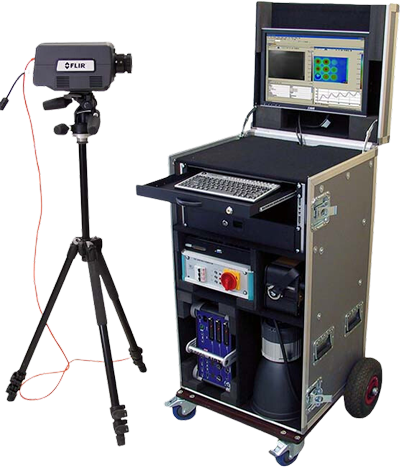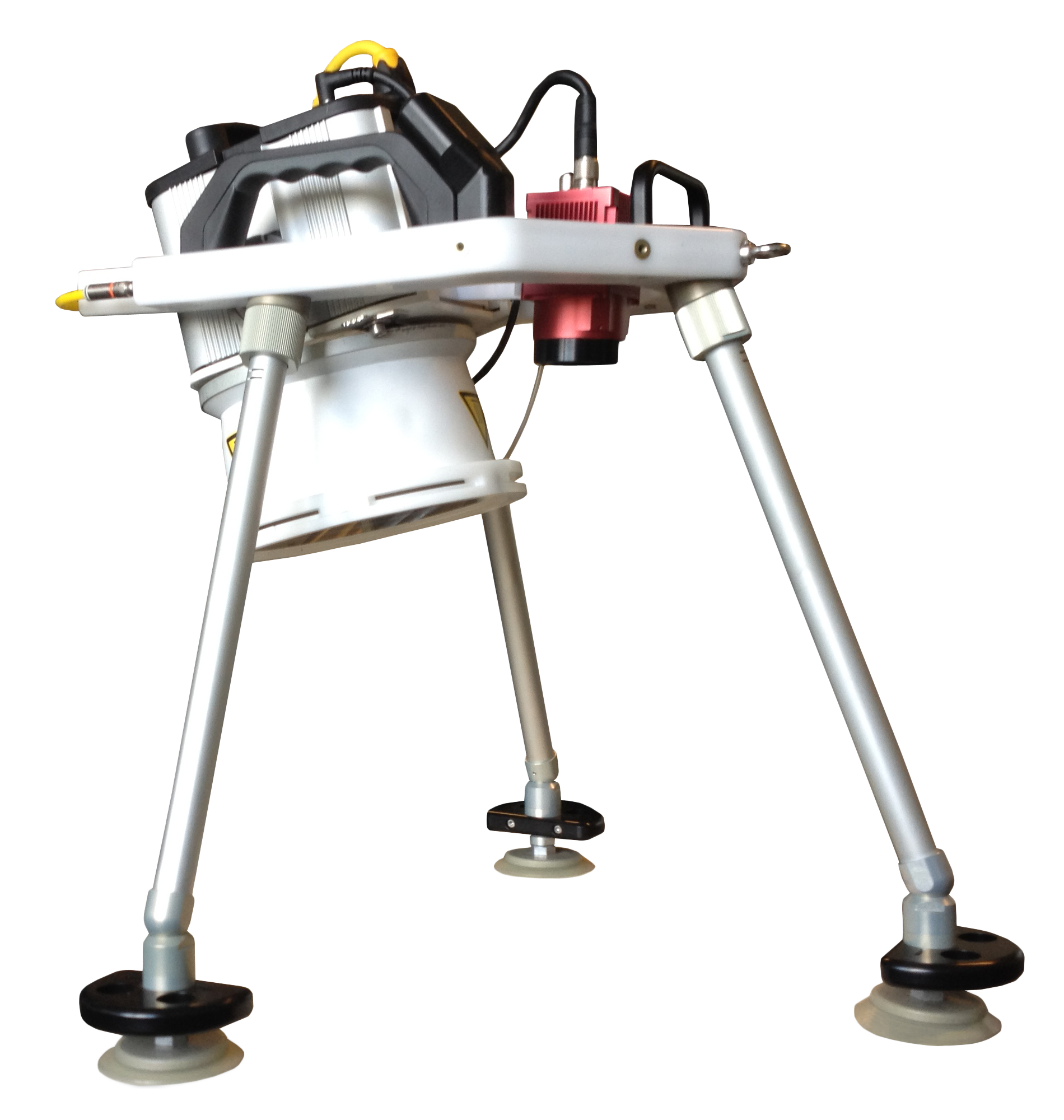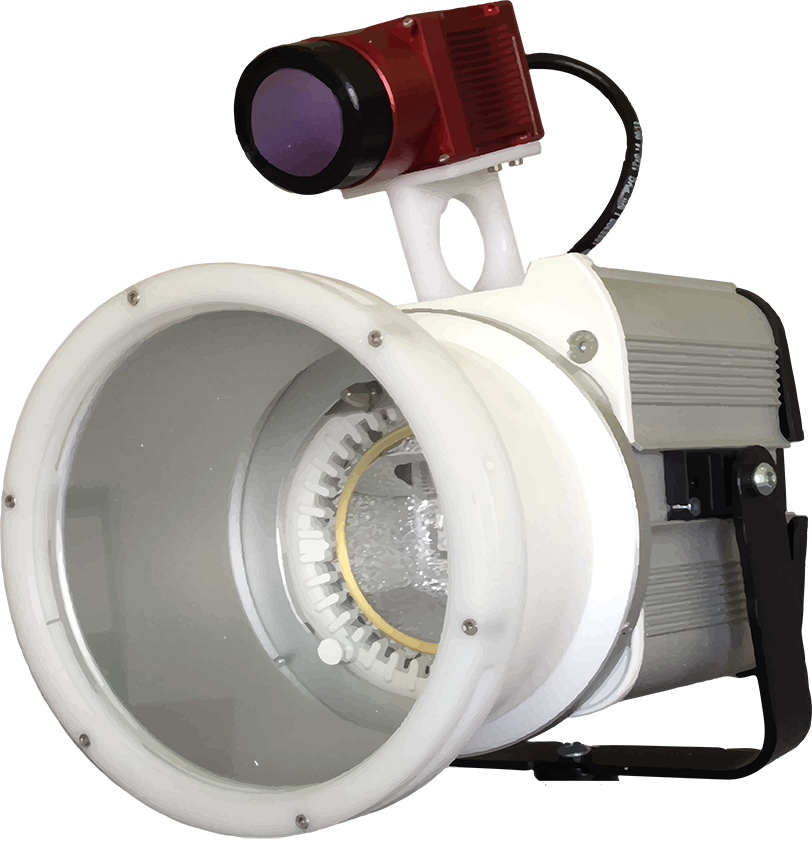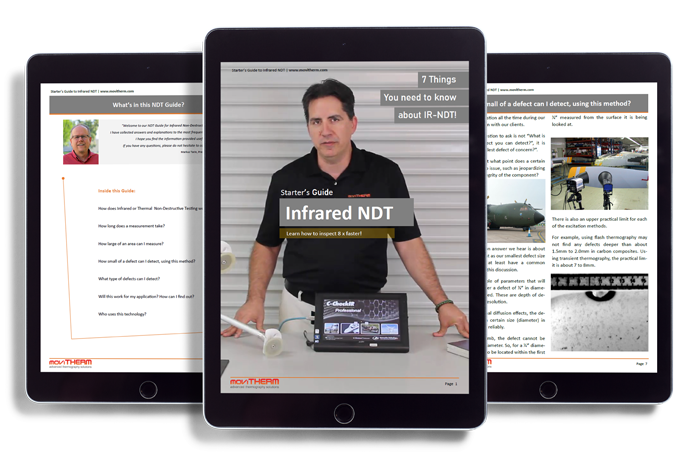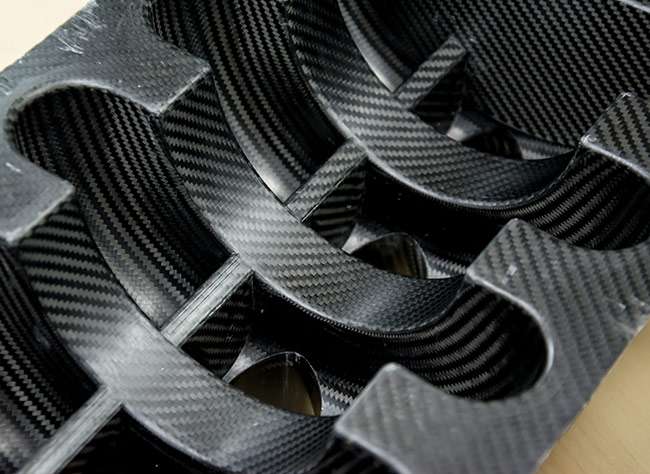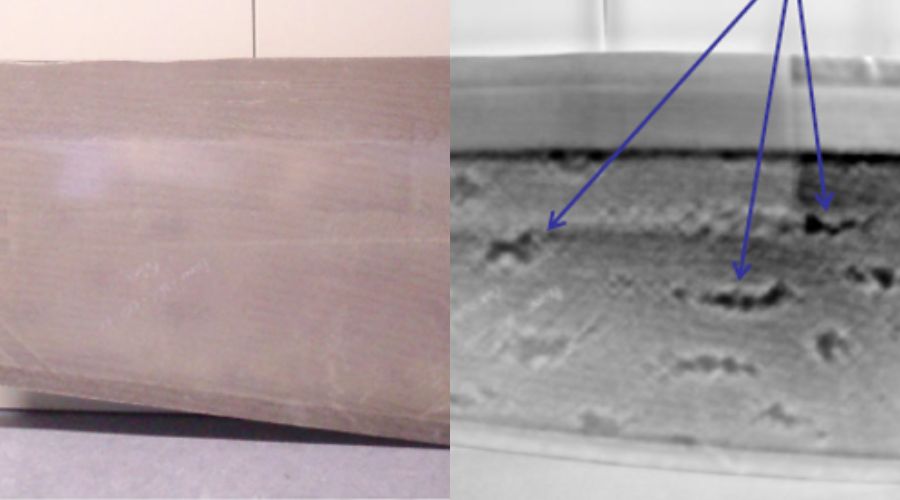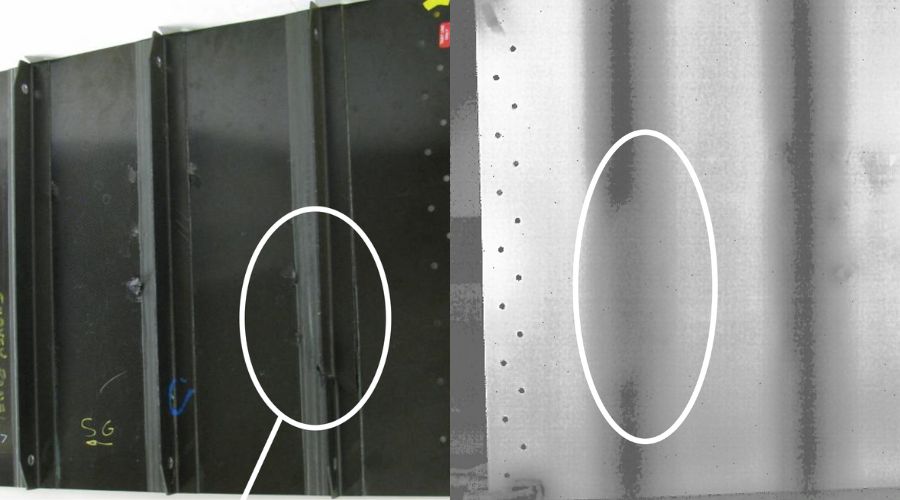Detect Hidden Defects in Your Composites
Ever struggled with detecting hidden flaws in your composite materials? At MoviTHERM, we understand the challenges engineers face. Our infrared non-destructive testing systems act as your dedicated problem solver when it comes to composite material testing.
By leveraging infrared technology, our systems offer accurate testing results and empower you to address vulnerabilities proactively. Say goodbye to engineering uncertainties – our infrared NDT systems are your go-to solution for ensuring the integrity of your composite structures.
How does it work?
Active thermography is an NDT technique that involves heating the material’s surface and using an infrared camera to monitor the heat flow. Discrepancies in the heat flow can indicate flaws such as delaminations, voids, or inclusions that are not visible on the surface. Active infrared NDT is particularly effective for composites due to their complex structures and diverse material properties.
Detectable defect types

Non-Contact Inspection Method
By using active thermography, your materials remain untouched and undamaged. You can trust that the structural integrity of your composites will be maintained, ensuring they continue to perform as expected, saving you from costly repairs or replacements.
Rapid Inspection Process
With a rapid inspection process, you’ll experience minimal interruptions. This means you can keep your operations running smoothly without the long downtimes usually associated with traditional inspection methods. More uptime equals more productivity and profitability for your business.
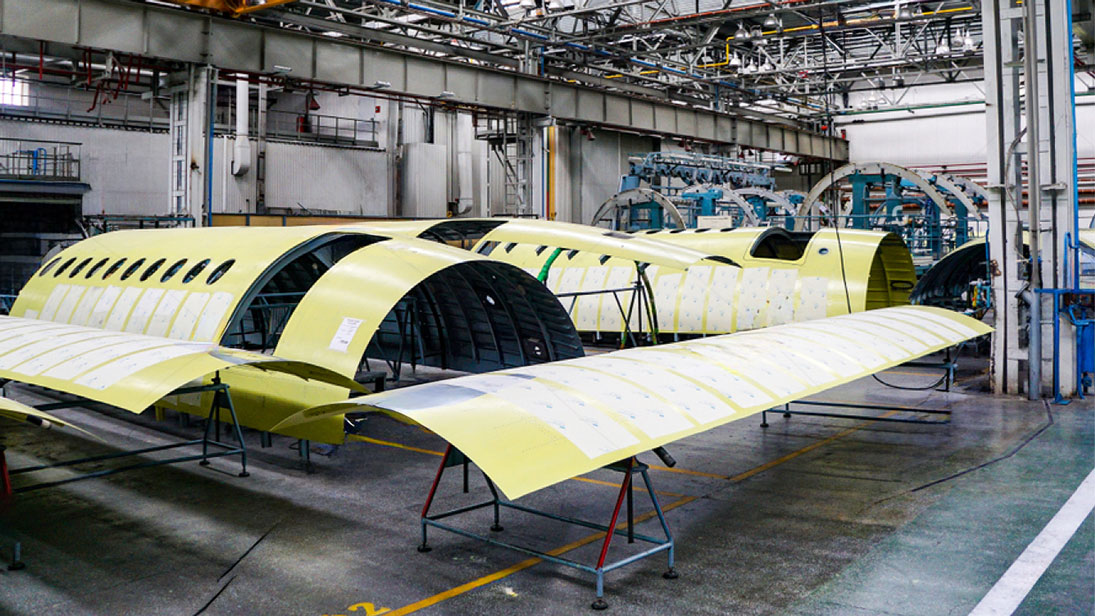
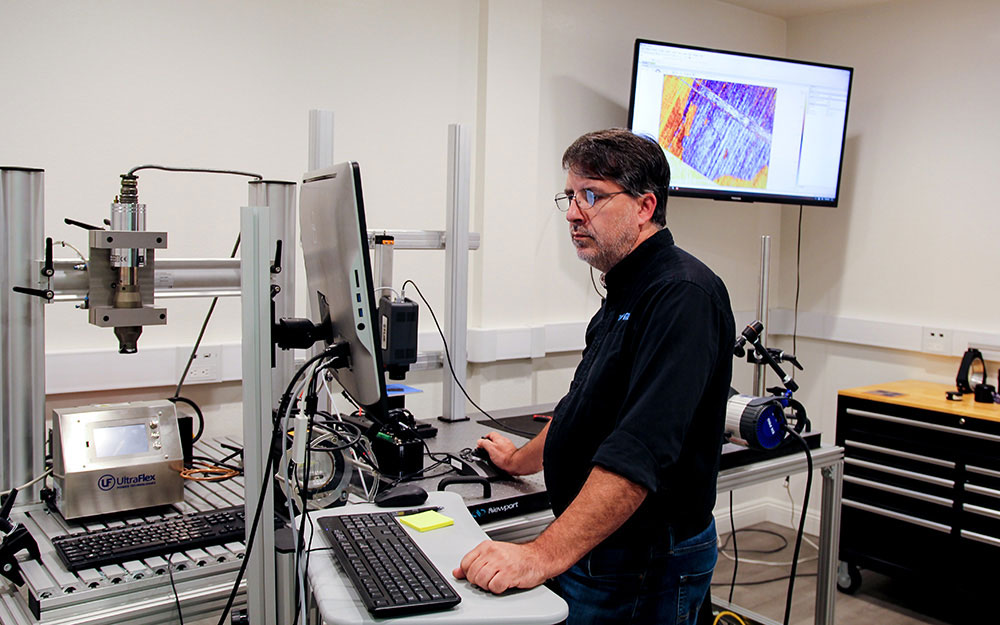
Informed Decision Making
MoviTHERM’s NDT systems provide high-resolution images that reveal the invisible flaws within composites. With this level of detail, you can make accurate, data-driven decisions to manage and maintain your materials, leading to safer, longer-lasting products and structures.
Effortless & efficient composite inspection
Companies using this technology
What professionals have to say…
“MoviTHERM’s NDT system has enabled me to inspect my composite structures much faster compared to my ultrasound method. My aircraft parts have many part lines, which were difficult and time-consuming to inspect before. I was able to improve my NDT inspection time by a factor of 8 to 10 times!”

“MoviTHERM goes out of their way to provide valuable/cost-effective solutions for their customers, plus they work exceptionally hard to ensure their customers are completely satisfied. The company has a very highly skilled team of engineers and are definitely a “go-to” organization for machine vision automation. I highly recommend MoviTHERM!”

Why active thermography is the best choice…
 |
|||||
|---|---|---|---|---|---|
| Active Thermography | Ultrasonic Testing | Radiographic Testing | Electromagnetic Testing | X-ray/Neutron Imaging | |
| Rapid Inspection Speed | |||||
| Inspection Effectiveness | |||||
| Large Inspection Area | |||||
| Subsurface Defect Detection | |||||
| Repeatable Testing | |||||
| Ease of Interpreting Results | |||||
| Safe Inspection | |||||
| Required Training | Moderate | High | High | High | High |
| Depth of Defects Detected | Shallow to moderate | Deep | Deep | Shallow | Deep |
| Size of Defects Detected | Small to large | Small to large | Small to large | Small | Small to large |










